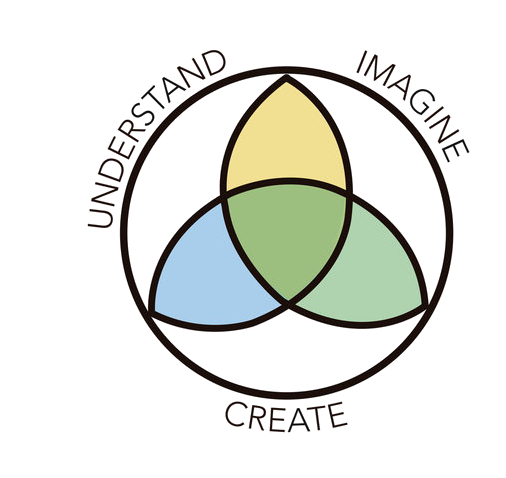Frameworks for Change
Building Generative Partnerships
“You think that because you understand ONE, you understand TWO, because one and one makes two.
But you must understand AND. ”
Effective collaborations enable participating organizations to accomplish their respective missions more effectively than they could achieve on their own.
Many people live in segregated communities, or professional silos. What raises confidence that partnerships are worth running the risk of vulnerability, that a greater good can be accomplished than one can accomplish on one’s own?
When people work together across difference, innovation increases. Productive partnerships can be challenging among people who hold limiting stereotypes of each other or among professionals who have been trained to think of themselves as experts with answers rather than as community partners with questions. Shared purposes and active curiosity that seeks to understand the other are key.
An address to entrepreneurs on the importance of thinking like a mother
How does one develop workable and collectively owned project ideas?
Your Turn:
How and why do intergenerational, intercultural partnerships often lead to innovation?
What are your best practices, skills, values, policies that make you prepared to work effectively in a partnership environment?
What are the benefits and outcomes of forming strong partnerships? Why does working together make sense?
If you wanted to establish a new partnership around some issue you care about, what are some of the most important factors that would help your partnerships thrive?
Individual Activity:
Write down a hope or goal that you have... What uncommon partners could you draw in, who could expand your ways of seeing and thinking about how to reach your goal?
How to move a process from an individual to a collectively owned vision.
A taxonomy of Collaboration for the John D. and Catherine T. MacArthur Collaboration project in 1994


